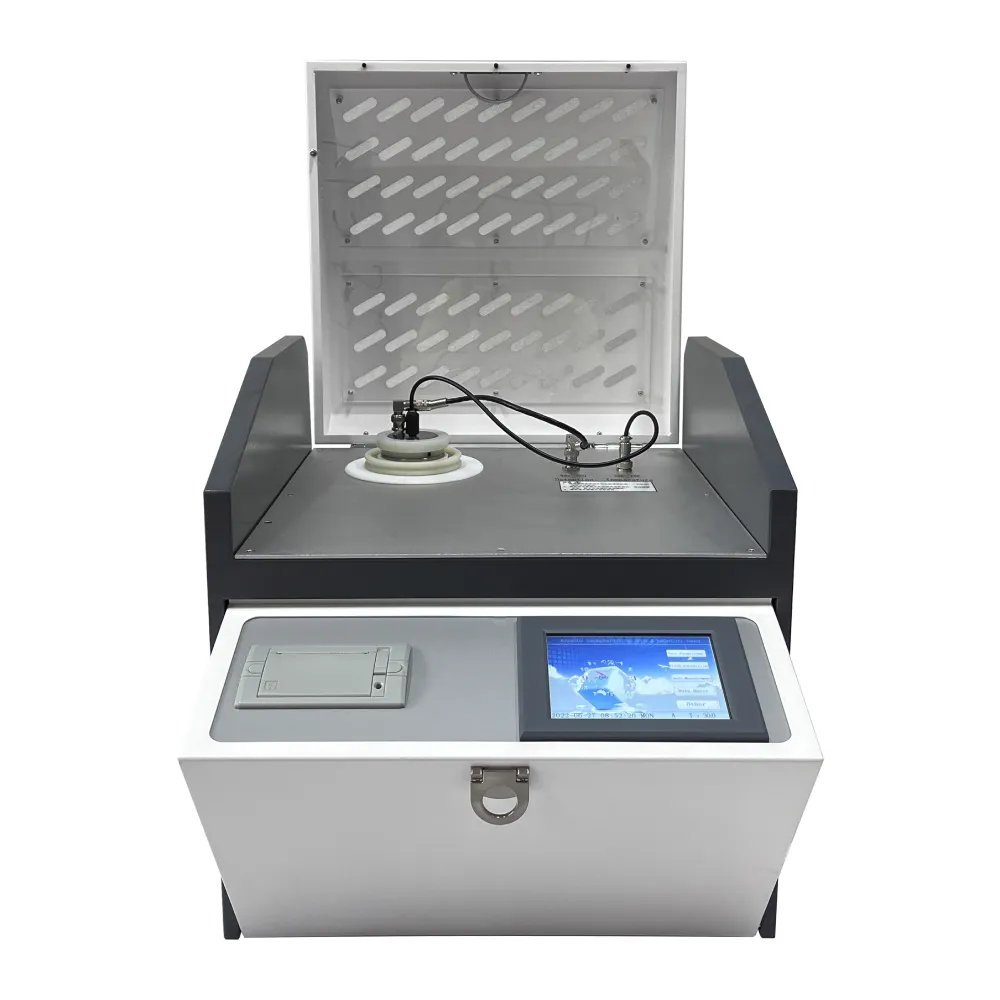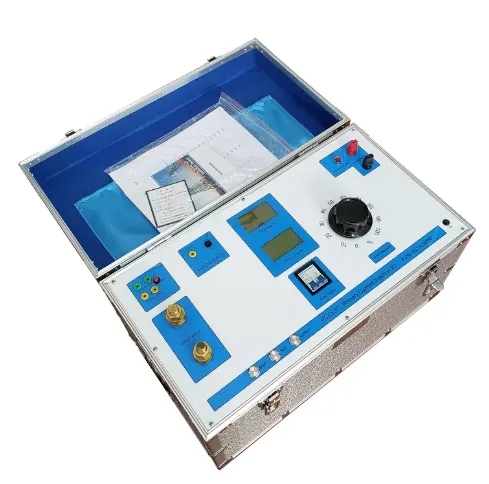 English
English



-
 Afrikaans
Afrikaans -
 Albanian
Albanian -
 Amharic
Amharic -
 Arabic
Arabic -
 Armenian
Armenian -
 Azerbaijani
Azerbaijani -
 Basque
Basque -
 Belarusian
Belarusian -
 Bengali
Bengali -
 Bosnian
Bosnian -
 Bulgarian
Bulgarian -
 Catalan
Catalan -
 Cebuano
Cebuano -
 China
China -
 China (Taiwan)
China (Taiwan) -
 Corsican
Corsican -
 Croatian
Croatian -
 Czech
Czech -
 Danish
Danish -
 Dutch
Dutch -
 English
English -
 Esperanto
Esperanto -
 Estonian
Estonian -
 Finnish
Finnish -
 French
French -
 Frisian
Frisian -
 Galician
Galician -
 Georgian
Georgian -
 German
German -
 Greek
Greek -
 Gujarati
Gujarati -
 Haitian Creole
Haitian Creole -
 hausa
hausa -
 hawaiian
hawaiian -
 Hebrew
Hebrew -
 Hindi
Hindi -
 Miao
Miao -
 Hungarian
Hungarian -
 Icelandic
Icelandic -
 igbo
igbo -
 Indonesian
Indonesian -
 irish
irish -
 Italian
Italian -
 Japanese
Japanese -
 Javanese
Javanese -
 Kannada
Kannada -
 kazakh
kazakh -
 Khmer
Khmer -
 Rwandese
Rwandese -
 Korean
Korean -
 Kurdish
Kurdish -
 Kyrgyz
Kyrgyz -
 Lao
Lao -
 Latin
Latin -
 Latvian
Latvian -
 Lithuanian
Lithuanian -
 Luxembourgish
Luxembourgish -
 Macedonian
Macedonian -
 Malgashi
Malgashi -
 Malay
Malay -
 Malayalam
Malayalam -
 Maltese
Maltese -
 Maori
Maori -
 Marathi
Marathi -
 Mongolian
Mongolian -
 Myanmar
Myanmar -
 Nepali
Nepali -
 Norwegian
Norwegian -
 Norwegian
Norwegian -
 Occitan
Occitan -
 Pashto
Pashto -
 Persian
Persian -
 Polish
Polish -
 Portuguese
Portuguese -
 Punjabi
Punjabi -
 Romanian
Romanian -
 Russian
Russian -
 Samoan
Samoan -
 Scottish Gaelic
Scottish Gaelic -
 Serbian
Serbian -
 Sesotho
Sesotho -
 Shona
Shona -
 Sindhi
Sindhi -
 Sinhala
Sinhala -
 Slovak
Slovak -
 Slovenian
Slovenian -
 Somali
Somali -
 Spanish
Spanish -
 Sundanese
Sundanese -
 Swahili
Swahili -
 Swedish
Swedish -
 Tagalog
Tagalog -
 Tajik
Tajik -
 Tamil
Tamil -
 Tatar
Tatar -
 Telugu
Telugu -
 Thai
Thai -
 Turkish
Turkish -
 Turkmen
Turkmen -
 Ukrainian
Ukrainian -
 Urdu
Urdu -
 Uighur
Uighur -
 Uzbek
Uzbek -
 Vietnamese
Vietnamese -
 Welsh
Welsh -
 Bantu
Bantu -
 Yiddish
Yiddish -
 Yoruba
Yoruba -
 Zulu
Zulu
Transformer Insulation Resistance Testing Accurate & Reliable Tools
- Understanding the Critical Role of Insulation Resistance in Transformers
- Key Factors Influencing Insulation Resistance Measurements
- Technical Advantages of Modern Insulation Resistance Testing
- Comparative Analysis of Leading Testing Equipment Manufacturers
- Customized Solutions for Diverse Transformer Applications
- Real-World Case Studies and Performance Metrics
- Future Trends in Transformer Insulation Resistance Testing

(insulation resistance for transformer)
Understanding the Critical Role of Insulation Resistance in Transformers
Insulation resistance (IR) is a fundamental parameter for assessing the health of power transformers. Over 35% of transformer failures are linked to insulation degradation, according to a 2023 industry report. Regular insulation resistance for transformer
evaluation helps prevent catastrophic outages by detecting moisture ingress, contamination, or thermal aging early. Advanced diagnostic tools now enable precise measurement of insulation resistance of transformer windings, bushings, and core assemblies, ensuring compliance with IEEE 43-2013 and IEC 60076 standards.
Key Factors Influencing Insulation Resistance Measurements
Ambient temperature, humidity, and test voltage significantly impact IR values. For instance, a 10°C temperature rise can reduce IR by 50% in oil-immersed transformers. Polarization Index (PI) and Dielectric Absorption Ratio (DAR) tests provide deeper insights, with PI values below 1.5 indicating potential insulation risks. Proper surface cleaning and stable environmental conditions are critical for accurate readings.
Technical Advantages of Modern Insulation Resistance Testing
Contemporary testers feature auto-ranging megohmmeters, temperature compensation algorithms, and Bluetooth-enabled data logging. Devices like the Megger MIT525 offer 0.5% basic accuracy at 10kV, while Fluke’s 1550C provides timed resistance tests with 1TB internal storage. These advancements reduce human error and enable trending analysis over multiple maintenance cycles.
| Manufacturer | Model | Test Voltage Range | Accuracy | Advanced Features |
|---|---|---|---|---|
| Megger | MIT525 | 50V to 10kV | ±0.5% | PI/DAR automation |
| Fluke | 1550C | 50V to 5kV | ±1% | Cloud reporting |
| Hioki | IR4056 | 50V to 12kV | ±0.8% | Multi-frequency analysis |
Comparative Analysis of Leading Testing Equipment Manufacturers
The table above highlights performance disparities between top IR testers. While Megger dominates high-voltage applications, Hioki’s IR4056 excels in harmonic analysis for wind turbine transformers. Fluke’s cloud integration suits utilities needing centralized data management. Selection criteria should prioritize voltage compatibility (up to 150% of rated transformer voltage) and safety certifications like CAT IV 600V.
Customized Solutions for Diverse Transformer Applications
Specialized test protocols are essential for different transformer types. Dry-type units require 5kV DC tests with 1-minute ramp-up, whereas oil-filled transformers need 10kV tests with 10-minute stabilization. For wind farms, portable units with IP67 ratings and -20°C to 55°C operational ranges ensure reliability in harsh environments.
Real-World Case Studies and Performance Metrics
A 2022 deployment at a Brazilian substation demonstrated 92% fault prediction accuracy using automated IR trending. After implementing biannual power transformer insulation resistance tests, a German utility reduced forced outages by 68% over 18 months. Data-driven maintenance intervals (3 years for urban units vs. 18 months for coastal installations) optimize resource allocation.
Future Trends in Transformer Insulation Resistance Testing
AI-powered diagnostic platforms now correlate IR data with dissolved gas analysis for comprehensive asset health scoring. The global market for transformer winding insulation resistance test equipment is projected to grow at 6.8% CAGR through 2030, driven by smart grid investments. Emerging IEEE P4001 standards will formalize IoT-enabled continuous monitoring protocols, revolutionizing preventive maintenance strategies.

(insulation resistance for transformer)
FAQS on insulation resistance for transformer
Q: What is the purpose of measuring insulation resistance in a power transformer?
A: Measuring insulation resistance ensures the transformer's dielectric integrity, detects moisture or contamination, and prevents electrical faults. It is critical for safety and operational reliability.
Q: How is the insulation resistance of a transformer winding tested?
A: A megohmmeter applies a DC voltage (e.g., 500V or 1000V) to the winding while grounding other parts. The resistance value is measured after stabilizing, typically over 1-10 minutes.
Q: What standards guide the insulation resistance test for transformers?
A: Common standards include IEEE 43 for rotating machinery (often referenced) and ASTM D709. Manufacturer specifications and IEC 60076 may also provide test guidelines.
Q: What factors affect insulation resistance test results in transformers?
A: Temperature, humidity, surface contamination, and aging of insulation materials impact results. Tests should be performed under consistent conditions for accurate comparisons.
Q: How often should transformer insulation resistance tests be conducted?
A: Tests are done during installation, after maintenance, and periodically (e.g., annually). Frequency depends on usage, environment, and criticality of the transformer.
-
Ensuring SF₆ Gas Safety: Introducing PUSH’s Integrated SF₆ Analyzer for Dew Point, Purity, and Decomposition MonitoringNewsJul.10,2025
-
Exploring the Main Types of Industrial Endoscopes and Their Applications Across IndustriesNewsJul.04,2025
-
Testing Equipment Industry Sees Major Advancements in 2025: Smart & Precision Technologies Lead the WayNewsJun.06,2025
-
Applications of Direct Current Generators in Renewable Energy SystemsNewsJun.05,2025
-
Hipot Tester Calibration and Accuracy GuidelinesNewsJun.05,2025
-
Digital Circuit Breaker Analyzer Features and BenefitsNewsJun.05,2025



